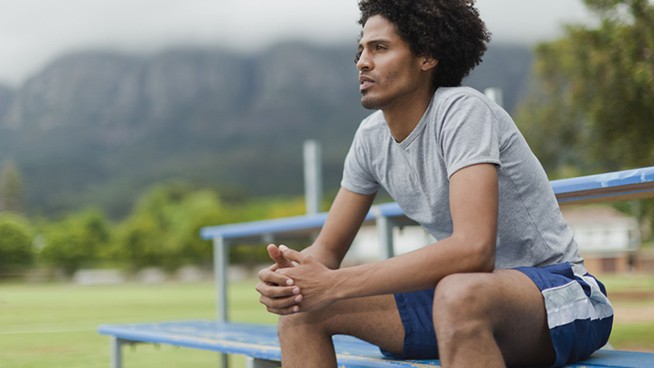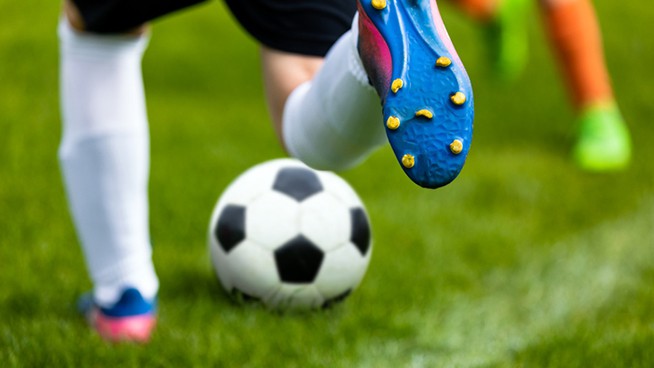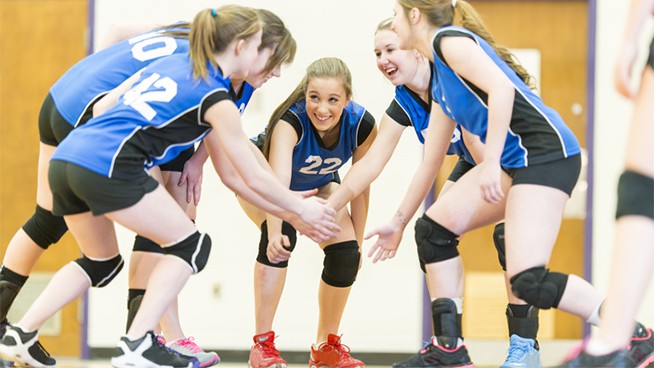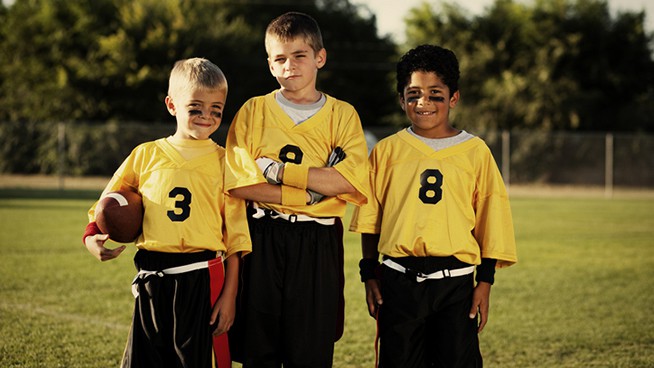Why Barefoot Training Improves Performance
In recent years, many athletes have begun barefoot training. Previously, the thought of walking around the weight room without shoes was beyond the realm of common sense. But brands like Inov-8, Nike and New Balance have changed the perception of barefoot strength training all over the country.
There is nothing new about doing things barefooted. Our caveman ancestors didn’t wear shoes. As kids, we went through much of our lives without them. So, why were shoes considered mandatory equipment in the weight room? Do the shoes increase our performance?
Athletes thought they might hurt themselves if they weren’t wearing shoes. This has always been the main issue—not the promise of performance gains. But regardless of whether you’re wearing shoes, if you drop even a five-pound weight on the wrong spot, you could hurt your foot.
By setting the myth aside and training barefoot, you are able to gain several benefits:
- Improved lower-leg and foot strength
- Decreased fatigue in lower legs, with better foot position
- Increased awareness of the actual forces exerted during training
- Improved technique might change your gait pattern and improve your posture
One of the hottest trends in footwear in recent years have been shoes designed with a low stack height that are durable enough for everyday use in the gym. These are not weightlifting shoes. Weightlifting shoes are the exact opposite; they have a large stack height beneath the heel, almost like high heels. The new models of barefoot training shoes—such as Inov-8 BareXF and Flite, Nike Free, and New Balance Minimus—have a small distance between the floor and the bottom of your foot.
When you walk onto the platform in a pair of these shoes, you can actually feel the floor. The distance between the platform and your feet is negligible. These shoes offer psychological comfort—you know that your foot is protected—while providing benefits similar to what you would receive from training barefooted.
Ready to start barefoot training? Check out Minimalist Shoes: A Beginner’s Guide.
RECOMMENDED FOR YOU
Why Barefoot Training Improves Performance
In recent years, many athletes have begun barefoot training. Previously, the thought of walking around the weight room without shoes was beyond the realm of common sense. But brands like Inov-8, Nike and New Balance have changed the perception of barefoot strength training all over the country.
There is nothing new about doing things barefooted. Our caveman ancestors didn’t wear shoes. As kids, we went through much of our lives without them. So, why were shoes considered mandatory equipment in the weight room? Do the shoes increase our performance?
Athletes thought they might hurt themselves if they weren’t wearing shoes. This has always been the main issue—not the promise of performance gains. But regardless of whether you’re wearing shoes, if you drop even a five-pound weight on the wrong spot, you could hurt your foot.
By setting the myth aside and training barefoot, you are able to gain several benefits:
- Improved lower-leg and foot strength
- Decreased fatigue in lower legs, with better foot position
- Increased awareness of the actual forces exerted during training
- Improved technique might change your gait pattern and improve your posture
One of the hottest trends in footwear in recent years have been shoes designed with a low stack height that are durable enough for everyday use in the gym. These are not weightlifting shoes. Weightlifting shoes are the exact opposite; they have a large stack height beneath the heel, almost like high heels. The new models of barefoot training shoes—such as Inov-8 BareXF and Flite, Nike Free, and New Balance Minimus—have a small distance between the floor and the bottom of your foot.
When you walk onto the platform in a pair of these shoes, you can actually feel the floor. The distance between the platform and your feet is negligible. These shoes offer psychological comfort—you know that your foot is protected—while providing benefits similar to what you would receive from training barefooted.
Ready to start barefoot training? Check out Minimalist Shoes: A Beginner’s Guide.













